Professional electricians swear by these tools, and you will, too. Check out our recommendations here.
Our editors and experts handpick every product we feature. We may earn a commission from your purchases.Learn more.
Professional electricians swear by these tools, and you will, too. Check out our recommendations here.
Our editors and experts handpick every product we feature. We may earn a commission from your purchases.Learn more.

This smart little tool does a lot—it works as a wire stripper, sheathing cutter, wire bender, measuring gauge and a wire nut wrench. But what it really excels at is stripping sheathing from nonmetallic cable. The little tooth inside slices through the sheathing as you slide the cable through. The tooth won’t damage the individual wires, and because it’s inside the tool, it won’t slice your fingers like a utility blade could.
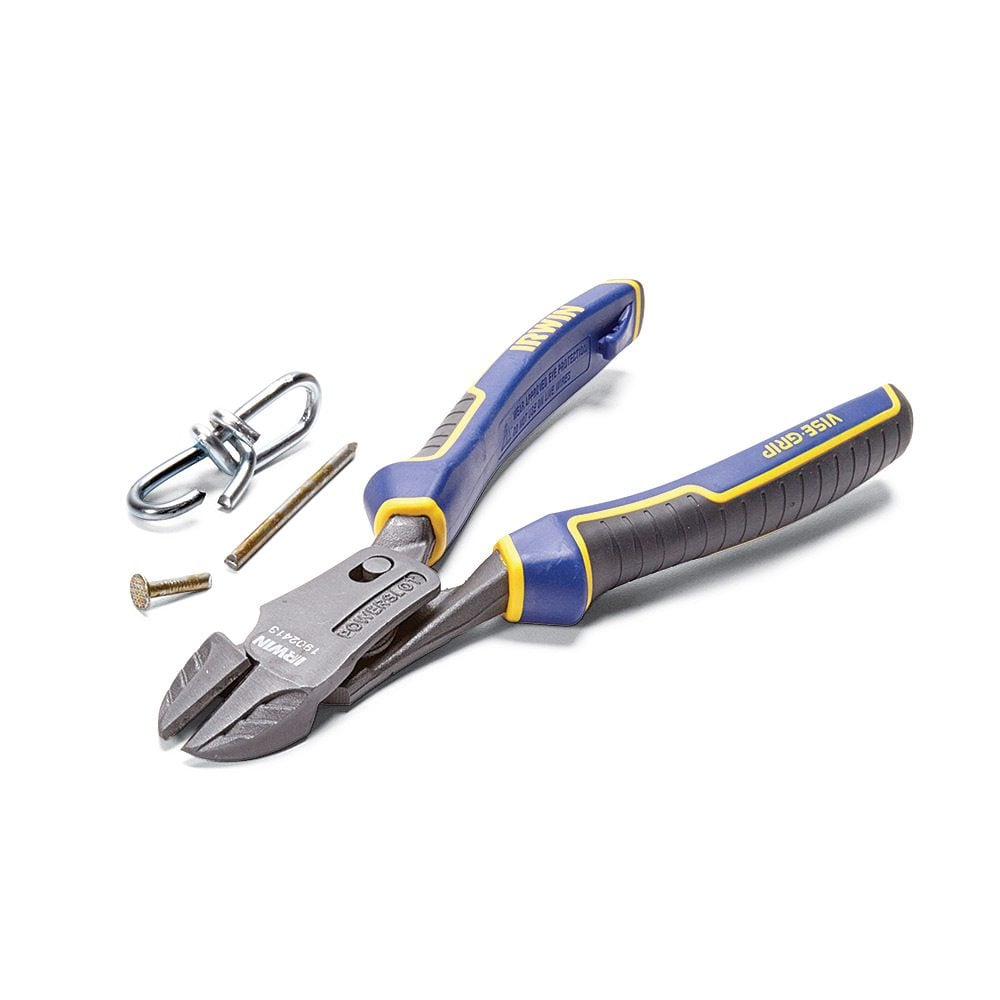
Diagonal cutters have been around for decades. Now Irwin Tools has introduced a new version called the PowerSlot.
Irwin engineered the mechanics so that the cutters exert twice the cutting power of conventional diagonal cutters with the same amount of hand squeeze. Couple that with super-hardened steel to handle all that cutting power and you have a set of diagonals worth the price tag. (And yes, we really did cut that chain link with them. You’d never be able to do that with everyday cutters.)
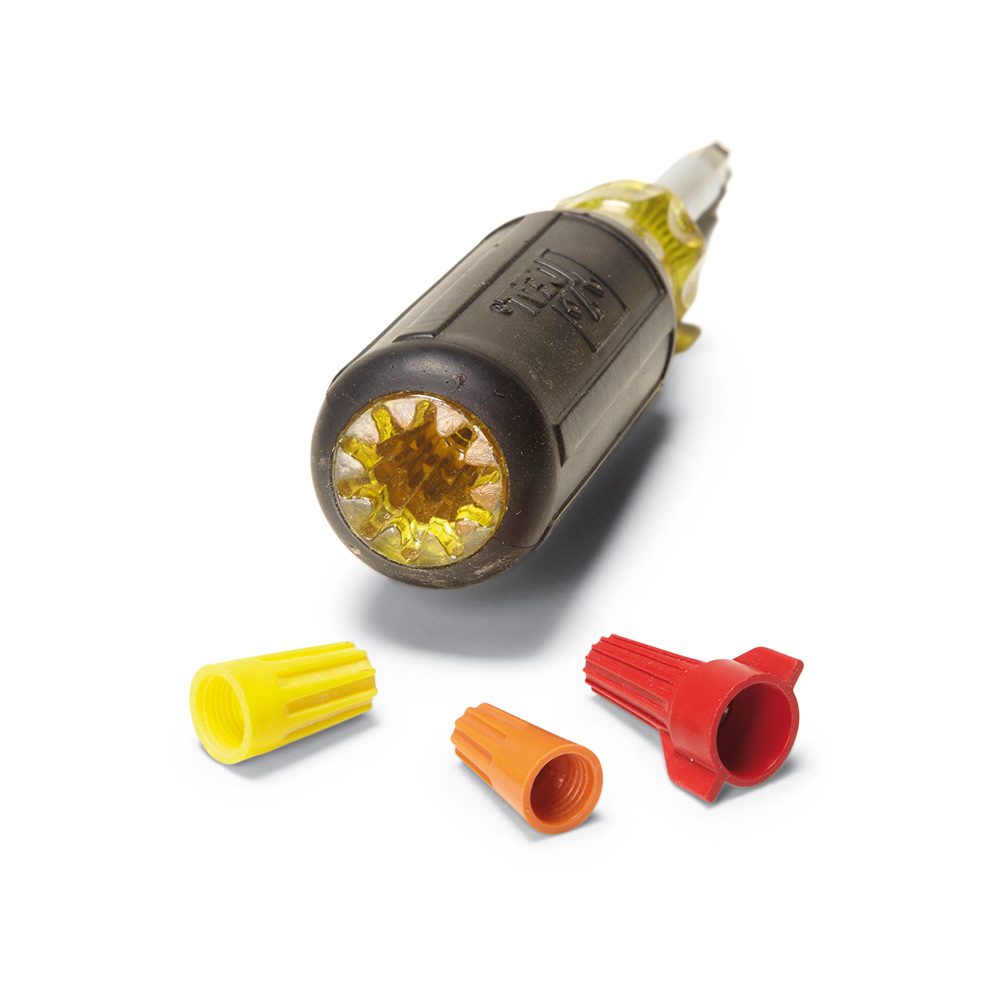
If you’re facing a big wiring project that involves lots of Wire-Nuts, this tool will save a lot of wear and tear on your hands. This Twist-A-Nut Screwdriver from Ideal Industries has a recess in the top to grip a Wire-Nut, so you can twist the connector using your arm instead of your fingers. Simple but brilliant.
The recess handles both plain and winged connectors and, according to the company, works with all major brands. However, it works best with red and yellow sizes; orange connectors are too small. Ideal has several screwdrivers with this Twist-A-Nut handle, including 7-in-1 and ratcheting models.
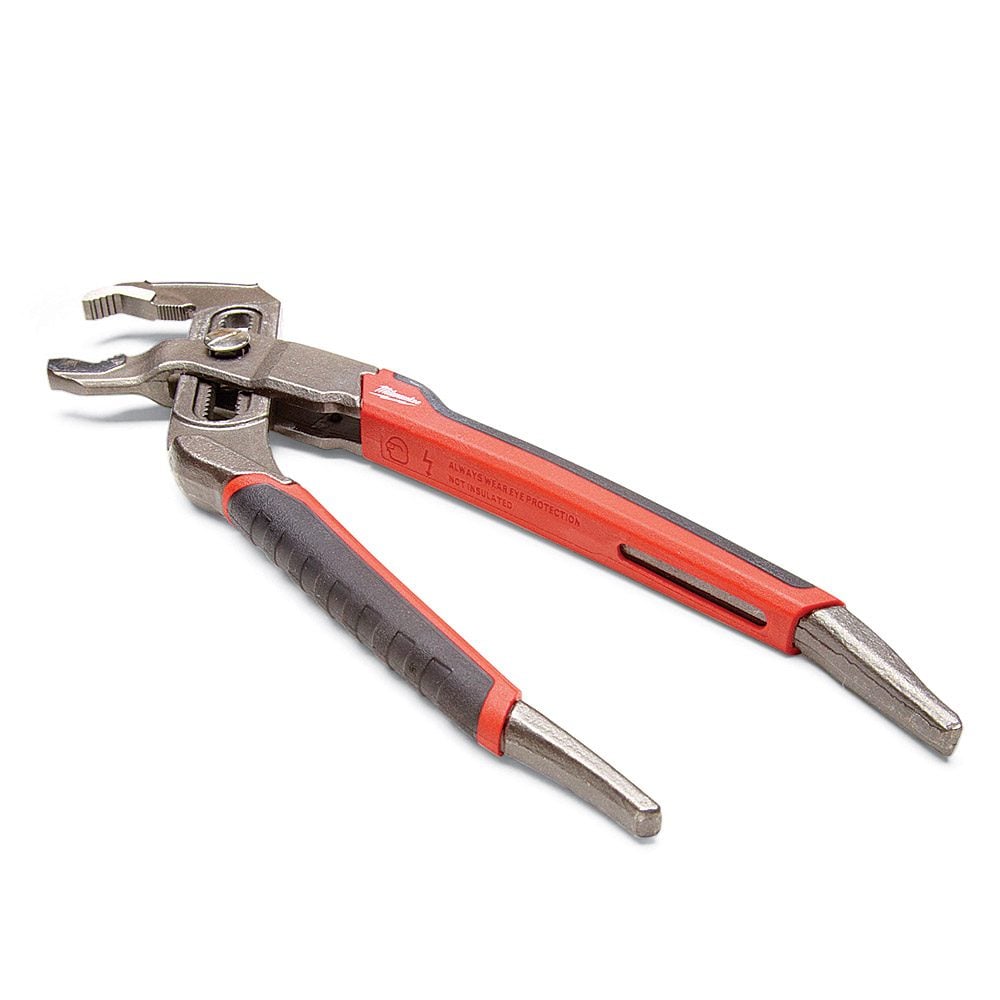
Good news, electricians: you no longer have to tear the grip off your pliers’ handles so they can be used as reamers. The exposed handles on Milwaukee’s 10-inch Reaming Pliers can handle 1-inch conduit, and the reaming head design can smooth out pipe up to 2 inches.
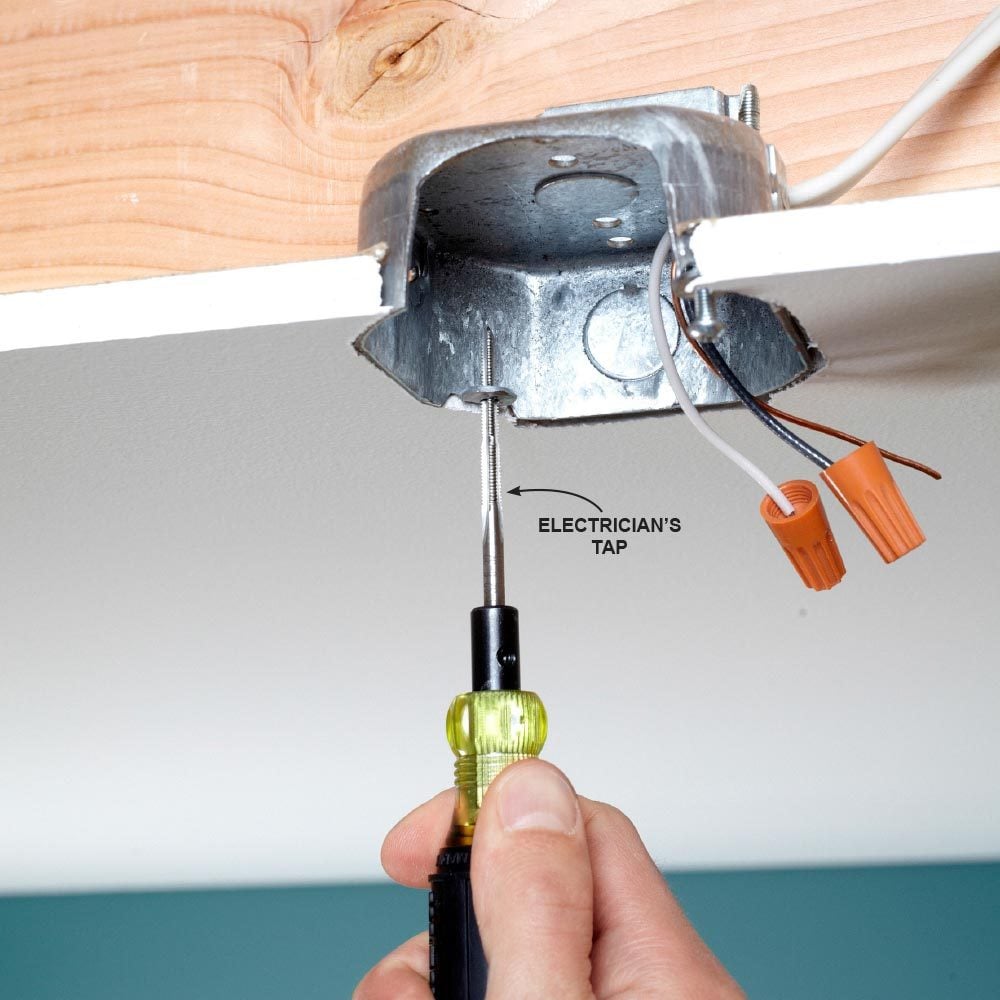
The built-in screw holes on a metal box are easy to strip. And if that happens, your first impulse might be to use a drywall screw. Bad idea—the sharp tip can poke through wire insulation. Instead, use an electrician’s tap to cut new threads in the hole. That will enlarge the hole from a No. 8-32 screw size to a No. 10-32, so you may need a couple of new screws, too.
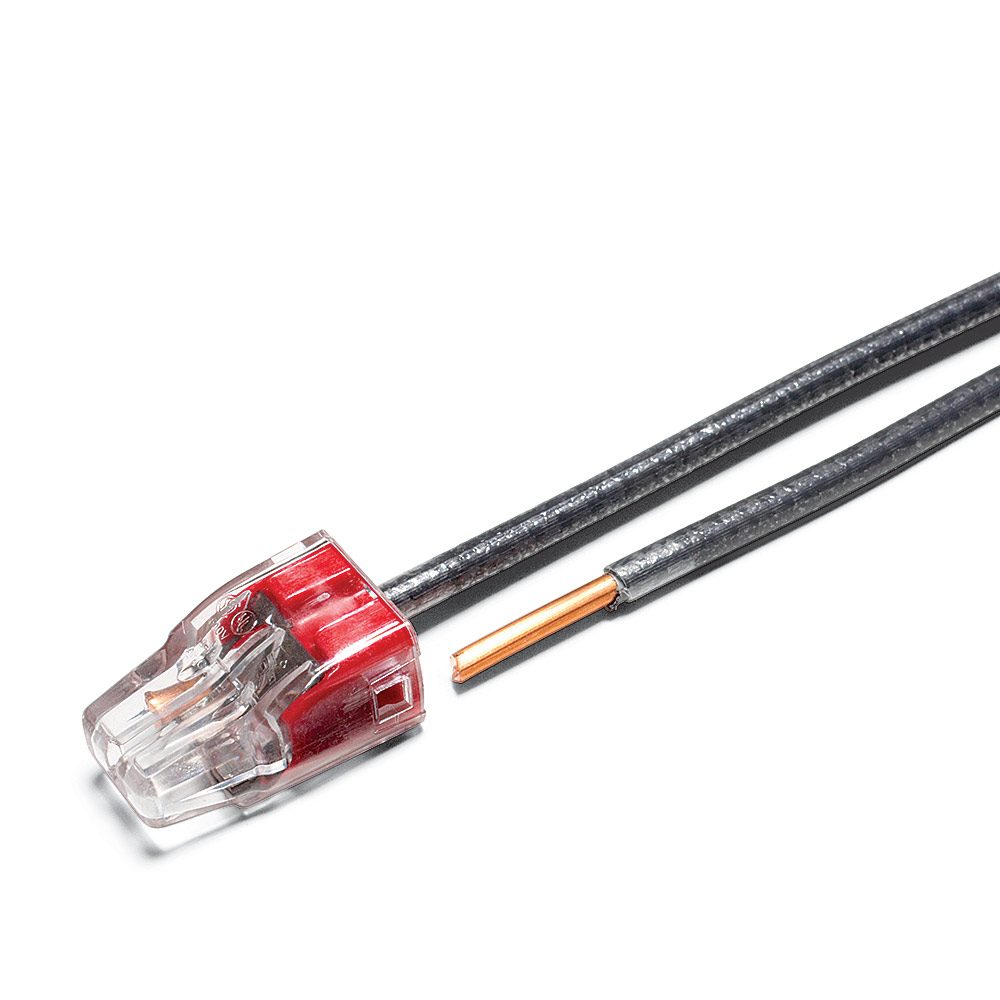
Traditional twist-on wire connectors can be a bother to install. The wire ends have to be held in perfect alignment while you twist on the connector. And then you have to fit all those wires and connectors neatly into the box.
Try push-in connectors instead. They’re simple to use and almost foolproof. Just strip the wires to the length recommended on the package and press each wire end into a separate hole in the connector. And since they’re smaller, they take up less room in the electrical box. They’re also the perfect solution for extending wires that are too short.
A few downsides: You’ll need to keep a greater variety of connectors on hand, since it wouldn’t be economical to use a connector designed for six wires to connect a single pair. Also, push-in connectors cost a little more than the twist-on type. You’ll find push-in connectors at home centers and online.
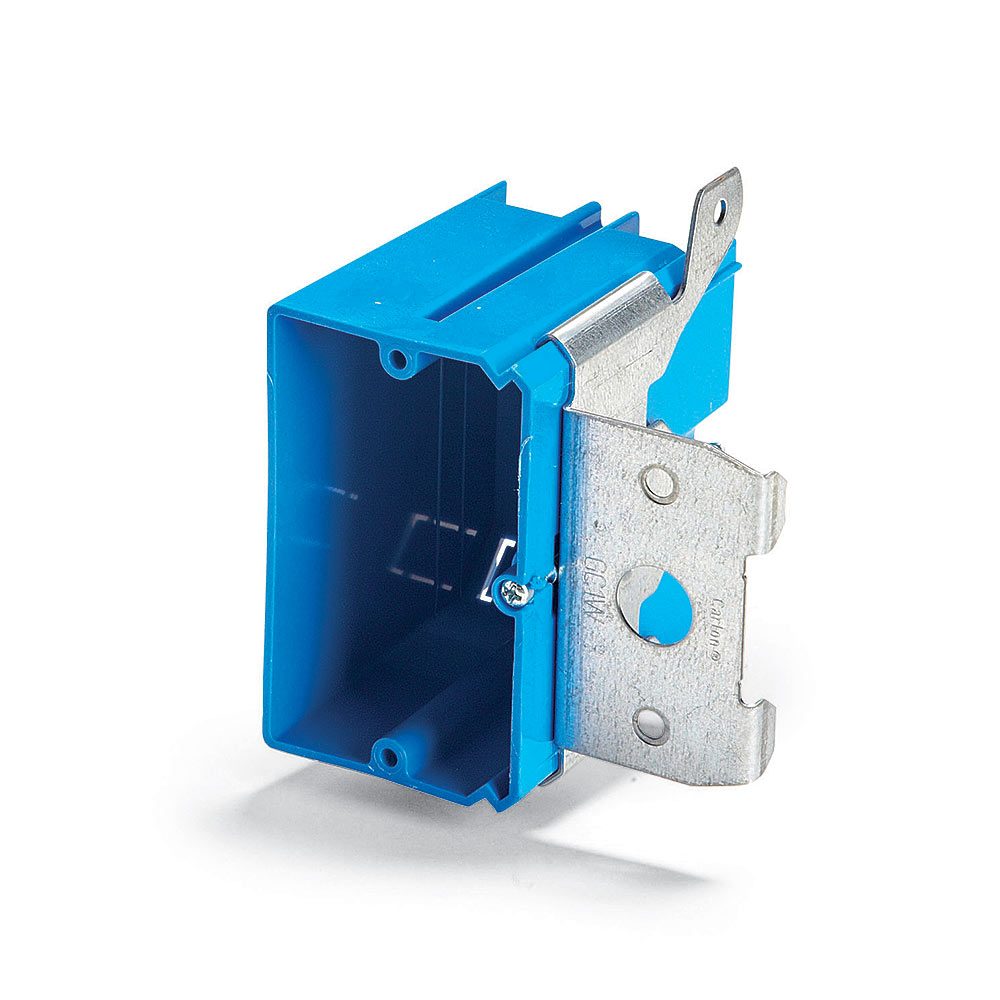
An electrical box that can be adjusted until it’s flush with the wall is a perfect solution when you’re thinking about adding tile or paneling but aren’t sure how thick the finished wall will be. There are a few different versions of adjustable boxes. Turning a screw in the Carlon box shown here moves the box in and out and allows you to fine-tune the box position after you’ve completed the wall covering. Adjustable-depth boxes cost a little more than regular boxes but are worth every penny in areas where you think you’ll add tile, paneling or cabinetry and don’t want to guess at the depth.